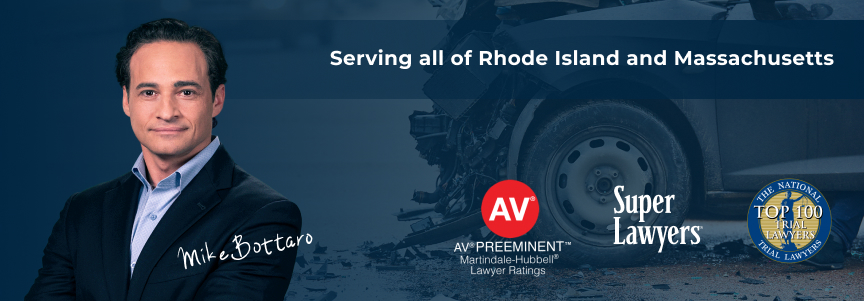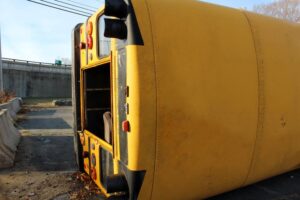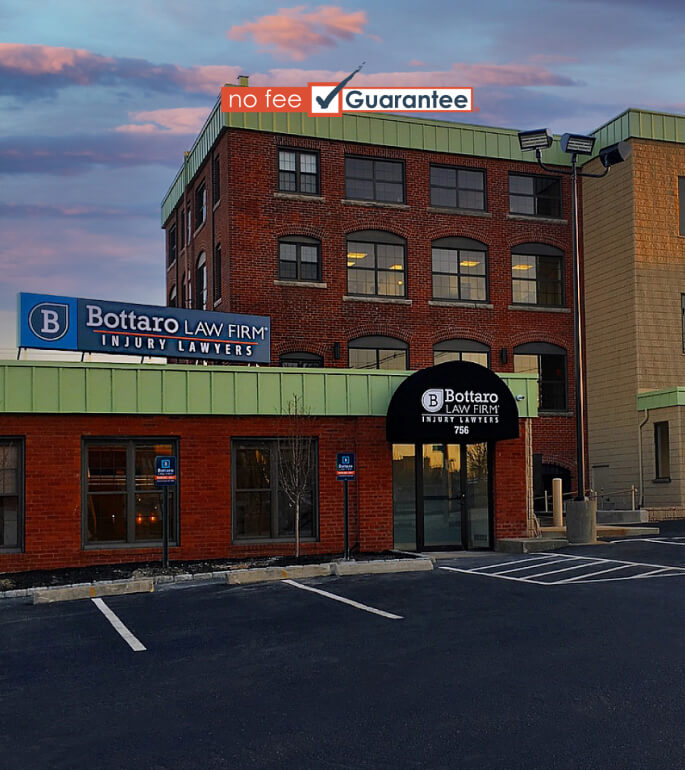
Rhode Island School Bus Accident Attorney
 Thousands of children in Rhode Island ride the bus to and from school. Their parents and guardians expect they will be safe. However, school buses can be involved in collisions. When they are, school bus passengers, occupants of other vehicles, and pedestrians are at risk of severe injuries.
Thousands of children in Rhode Island ride the bus to and from school. Their parents and guardians expect they will be safe. However, school buses can be involved in collisions. When they are, school bus passengers, occupants of other vehicles, and pedestrians are at risk of severe injuries.
Was your child injured in a school bus accident in Rhode Island? If so, you may have a right to seek compensation for injuries and other losses related to the crash. At Bottaro Law, our Rhode Island school bus accident lawyers are dedicated to helping people like you seek the maximum compensation they deserve. Our legal team has extensive experience negotiating with insurance companies and other responsible parties for fair settlements and taking cases to court when necessary.
Contact us today for a free initial case review with a school bus accident lawyer in Rhode Island.
How Our School Bus Accident Lawyers Can Help You
If your child suffered injuries in a school bus accident, the experienced attorneys with Bottaro Law can help you by:
- Answering your legal questions and evaluating your case in a free consultation
- Investigating the circumstances of the school bus accident
- Obtaining compelling evidence and witness statements to support your case
- Communicating with insurance providers and other parties on your behalf
- Managing important documents and deadlines on your behalf
- Working tirelessly to maximize the compensation you are owed
Common Causes of School Bus Accidents
A wide range of factors can contribute to a school bus accident, including:
- Distracted driving
- Texting while driving
- Driving under the influence of alcohol or drugs
- Drowsy driving
- Reckless driving
- Speeding
- Driving too fast for conditions
- Tailgating
- Failure to check blind spots
- Failure to yield the right of way
- Running red lights and stop signs
- Improper turning and merging
- Driver inexperience
- Defective vehicle parts
- Poorly maintained vehicle parts
- Poor road conditions
Types of School Bus Accidents in Rhode Island
The three most common types of school bus accidents are:
- School bus accidents in which children on board are injured – A crash involving a school bus transporting children can result in numerous injuries, especially if school bus passengers are unrestrained. According to the National Safety Council (NSC), 33 percent of those injured and 5 percent of those killed in school bus crashes over a recent 10-year period were school bus passengers. These accidents can be the fault of the bus driver, another motorist, or some other party altogether.
- School bus accidents in which people in other vehicles are injured – School bus crashes involving other vehicles are common, including those in which the school bus driver is at fault. According to the NSC, occupants of other vehicles suffered 54 percent of all injuries and made up 70 percent of fatalities in school bus accidents over a recent 10-year period.
- School bus accidents involving pedestrians or cyclists – Individuals exiting or boarding the bus accounted for 5 percent of those injured and 19 percent of those killed in school bus accidents over a recent 10-year period. These individuals can include pedestrians, cyclists, and other road users, many of them students. These accidents can occur if a bus driver is careless or other motorists blow past school buses that have stopped to allow children to get on or off the bus.
School Bus Safety Standards and Safety Measures for Children
The U.S. Department of Transportation has established school bus regulations and issued guidelines to keep children safe when they ride school buses and minimize school bus accidents. State agencies decide to what extent these guidelines will be followed.
These recommendations include:
- The use of “National School Bus Glossy Yellow” paint so that school buses are immediately recognizable to motorists
- Safety features like cross-view mirrors, flashing lights, and retractable stop signs
- Safety standards inside the bus, like high crush resistance and rollover protection
- School bus driver requirements, such as safety training and background checks
According to NSC data, approximately 23 million schoolchildren ride buses to and from elementary and secondary schools daily. Riding the bus to school is statistically safer than walking or traveling by car. Unfortunately, thousands of children are injured, and dozens are killed in school bus accidents every year.
One contributing factor in many school bus accidents is a lack of seat belts. Federal law requires school buses that weigh less than 10,000 pounds to have seat belts, but about 8 in 10 school buses do not meet this criterion. While the padding of school bus seats provides a degree of protection in many collisions, a lack of safety restraints means children can be thrown from their seats during a crash.
Who Is Responsible After a School Bus Accident?
Depending on the circumstances, any of the following parties may be partially or fully responsible for a school bus accident:
- The school bus driver
- The driver of another vehicle involved in the crash
- The school district or bus service that hired the bus driver
- The organization that owns the school bus
- The private company that provides the transportation
- A third party that repaired or maintained the bus
- The manufacturer of the school bus or its component parts
- The government entity responsible for local roads
What Is a School Bus Accident Case Worth in Rhode Island?
If you were injured in a school bus accident in Rhode Island, you could be entitled to monetary and personal compensation for your injuries and related losses. That may include money for:
- The costs of medical care to treat the school bus accident injuries
- Lost wages from any time away from work while you or your loved one recovered
- Projected losses in future earning capacity, if crash injuries are permanent
- The intangible costs of pain, suffering, and lost quality of life caused by the crash
- Incidental expenses, such as mileage costs for travel to medical appointments


